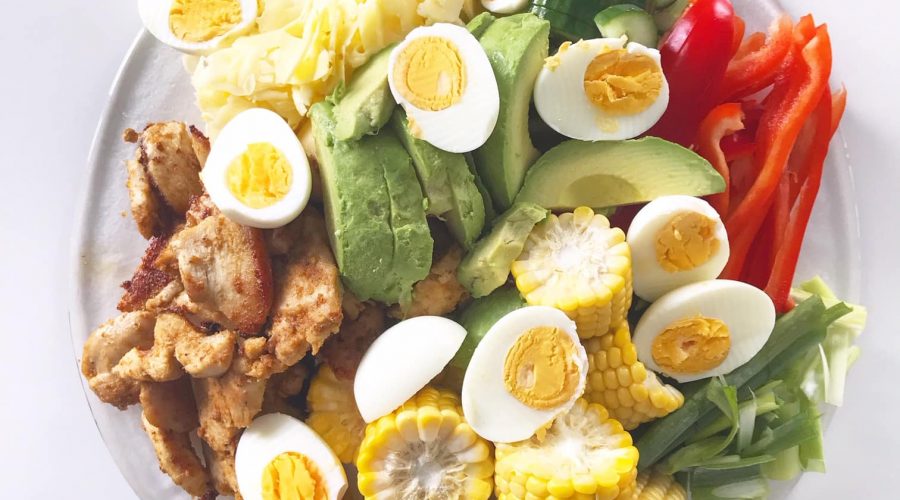Bento boxes are a beacon of simplified organisation but could they be costing you in food waste?
Compared to a standard lunch box, which you can pick up for as little as $2 from Kmart, bento boxes are usually much fancier and they even have their own social media following – just check out #bentobox on Instagram.
The bento box offers you the convenience of compartments to separate and portion a variety of foods, ensuring that you or your child eats well at work or school.
They can also help you to cut down on plastic wrap and packaging, giving the bento a feel good factor.
But bento boxes can also be harbourers of excessive food waste and contribute to a larger than necessary food bill simply because they encourage the unnecessary filling of empty compartments.
As a parent, the following bento box results may give you the irks. The apple with a singular bite, an unopened yet solar heated yoghurt squishy, the wilted chopped carrot or the muffin that now smells like a week old sock.
In an average week, it’s estimated that a family with two primary school aged children will waste 1/4 loaf of bread, nine various pieces of fruit, 20 crackers, five yoghurt squishies and four carrots.
Do the math and you’re literally throwing away a little shy of $50 per month or around $450 in food for the school year thanks to a fancy $15 lunchbox from Target or significantly more of you’re enticed by the $49 ones at Hippo Blue.
It’s enough to make you wonder what you’re children actually are eating during the day.
Giving your fridge and pantry the bento box treatment by filling compartments “just in case” also contributes to food waste and a higher food bill.
A better way to manage your super-mega bento-style organisation skills is to apply them to menu planning and doomsday prepping (code for buying staples that stretch ingredients) before hitting the shops and buying ingredients that can be used up over the week in multiple dishes.
Buying some dill or 1/2 a pumpkin ‘just in case’ is more likely to result in food spoilage than food purchased with a specific use in mind.
According to Foodwise, the average Australian family wastes $1036 per year (or 3 fridge fulls) in food and families with children waste the most, bringing your estimated family food wastage bill to around $1500 per year.
Although many of us tend to think of the hip-pocket only, it’s worth considering the knock-on effect of all this waste.
Foodwise explains that a large proportion of food waste ends up in landfill producing methane pollution. And it gives the green light to food producers to increase their harvest supply, thereby contributing to energy and water waste.
If you still feel the urge to express your bento love, bring it to the dinner table in platter form, ditching the compartments, to take on a Jamie Oliver-style approach to displaying a rustic assortment of meat and veggie.
It’s a great way to use up those odds and ends that would otherwise end up in the bin and your bank balance with be all the happier for it.













